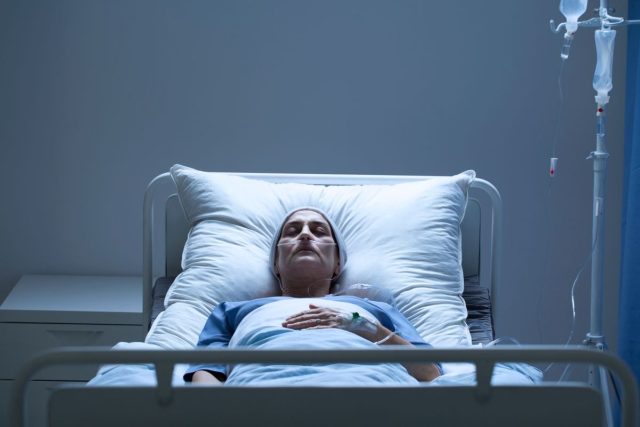About 25 percent of those without observable response to commands had cognitive motor dissociation
By Elana Gotkine HealthDay Reporter
FRIDAY, Aug. 16, 2024 (HealthDay News) — Cognitive motor dissociation is seen in about 25 percent of individuals with disorders of consciousness without an observable response to commands, according to a study published in the Aug. 15 issue of the New England Journal of Medicine.
Yelena G. Bodien, Ph.D., from Spaulding Rehabilitation Hospital in Boston, and colleagues conducted a prospective cohort study at six international centers using clinical, behavioral, and task-based functional magnetic resonance imaging (fMRI) and electroencephalography (EEG) data from a convenience sample of 353 adults (median age, 37.9 years) with disorders of consciousness. The response to commands on task-based fMRI or EEG was assessed with the use of the Coma Recovery Scale-Revised in participants without an observable response to verbal commands and in those with an observable response to verbal commands.
The researchers detected cognitive motor dissociation in 25 percent of the 241 participants without an observable response to commands, of whom 11, 13, and 36 had been assessed with fMRI only, EEG only, and both techniques, respectively. There were associations seen for younger age, longer time since injury, and brain trauma as an etiologic factor with cognitive motor dissociation. In contrast, among those with an observable response to verbal commands, responses of task-based fMRI or EEG occurred in 38 percent of 112 participants.
“Some patients with severe brain injury do not appear to be processing their external world. However, when they are assessed with advanced techniques, such as task-based fMRI and EEG, we can detect brain activity that suggests otherwise,” Bodien said in a statement. “These results bring up critical ethical, clinical, and scientific questions — such as how can we harness that unseen cognitive capacity to establish a system of communication and promote further recovery?”
Copyright © 2024 HealthDay. All rights reserved.



















